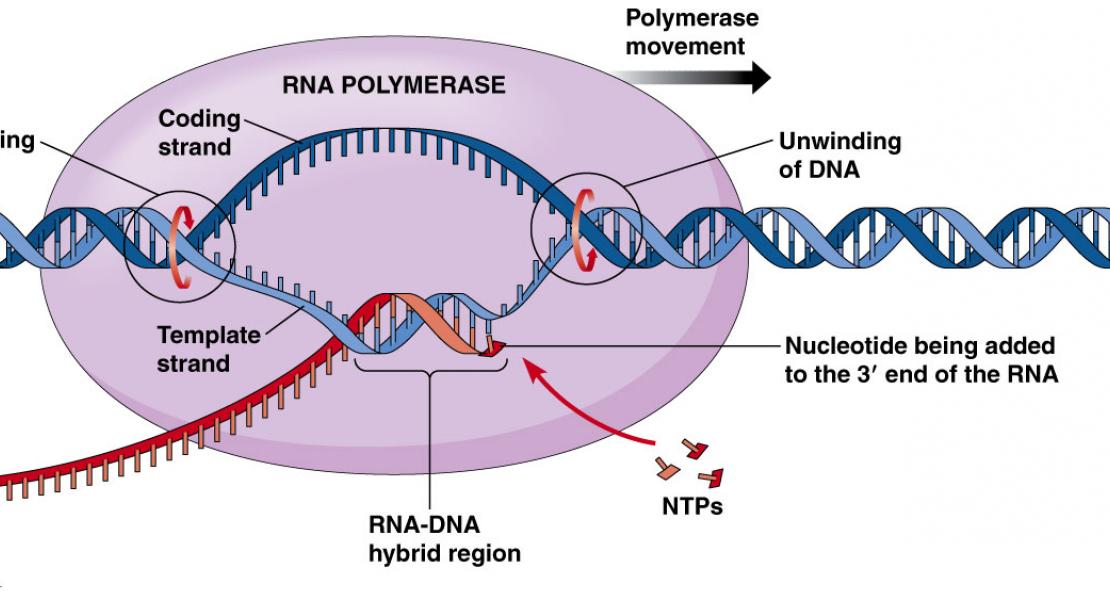Reduced insulin/IGF-1 signaling restores germ cell immortality to caenorhabditis elegans Piwi mutants

Abstract
Defects in the Piwi/piRNA pathway lead to transposon desilencing and immediate sterility in many organisms. We found that the C. elegans Piwi mutant prg-1 became sterile after growth for many generations. This phenotype did not occur for RNAi mutants with strong transposon-silencing defects and was separable from the role of PRG-1 in transgene silencing. Brief periods of starvation extended the transgenerational lifespan of prg-1 mutants by stimulating the DAF-16/FOXO longevity transcription factor. Constitutive activation of DAF-16 via reduced daf-2 insulin/IGF-1 signaling immortalized prg-1 strains via RNAi proteins and histone H3 lysine 4 demethylases. In late-generation prg-1 mutants, desilencing of repetitive segments of the genome occurred, and silencing of repetitive loci was restored in prg-1; daf-2 mutants. This study reveals an unexpected interface between aging and transgenerational maintenance of germ cells, where somatic longevity is coupled to a genome-silencing pathway that promotes germ cell immortality in parallel to the Piwi/piRNA system.
